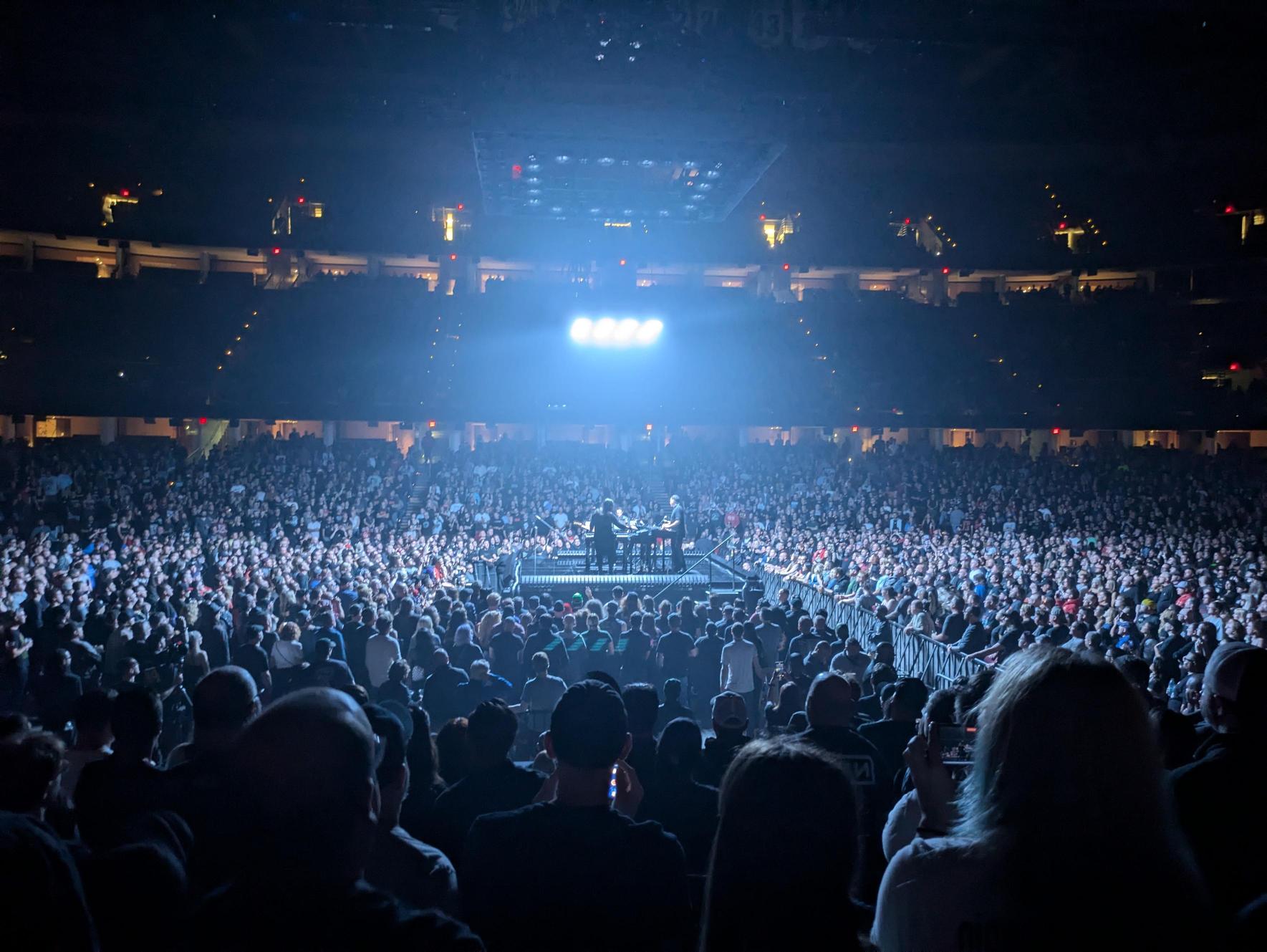Cleveland Jazz Orchestra Remembers 1968
by Barry Goodrich | Oct. 18, 2018 | 2:00 PM
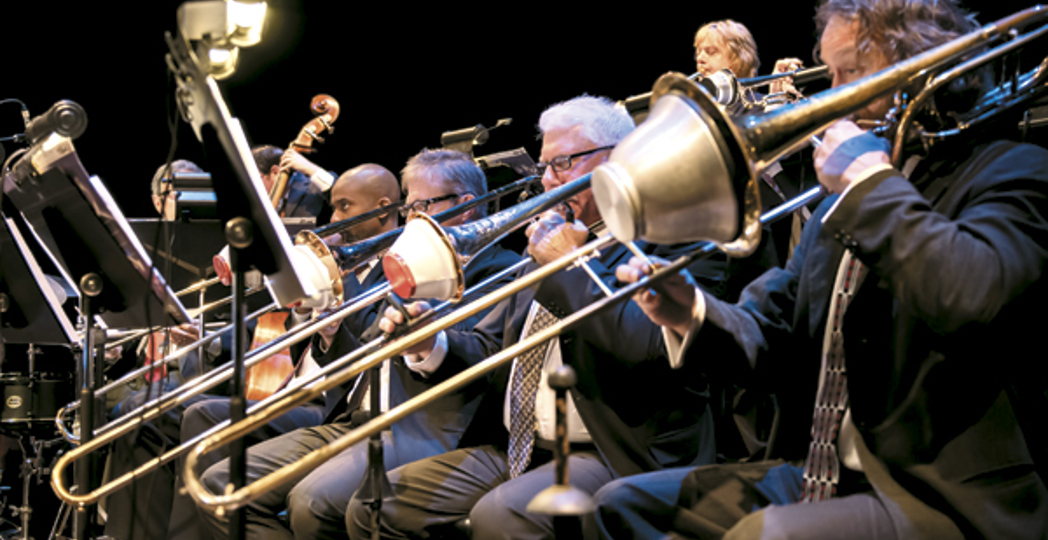
Susan Bestul
Even a brief summary of 1968 reveals a staggering cavalcade of historical turning points. The year saw the assassinations of Robert F. Kennedy and Martin Luther King Jr., the launch of the Tet Offensive in Vietnam, three Apollo missions, comebacks for both Elvis Presley and Richard Nixon, and an escalating protest movement crackling between the U.S. government and anti-war student protesters.
“In a lot of ways, 1968 was one of the most important years since World War II,” says Cleveland Jazz Orchestra artistic director Paul Ferguson, who leads the orchestra in the Oct. 21 commemorative concert, Dreams of 1968, at the Ohio Theatre. “This will be part concert, part party, part rally.” With performances by the Cleveland School of the Arts JazzArt Ensemble, the program highlights jazz pieces from and inspired by the year’s major moments. “It will be the sounds of that period that are also timeless,” Ferguson says. He shares the history behind four potent pieces.“Revolution”
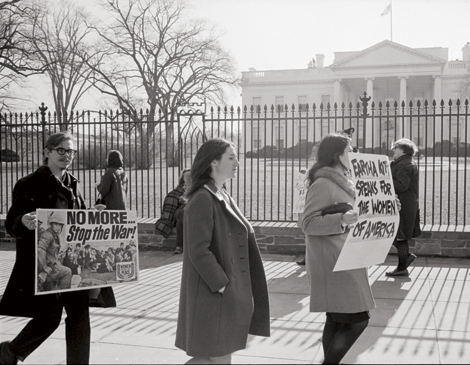
“MacArthur Park”
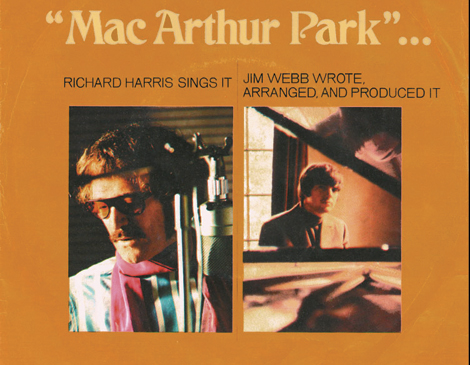
“Power to the People”
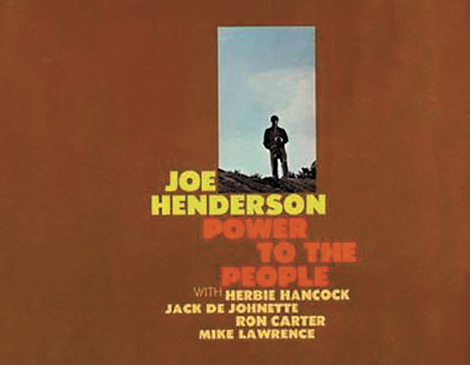
The Kennedy Dream
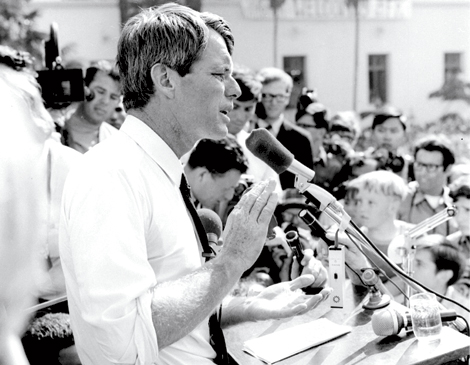
Trending
-
1
-
2
-
3
-
4
-
5







